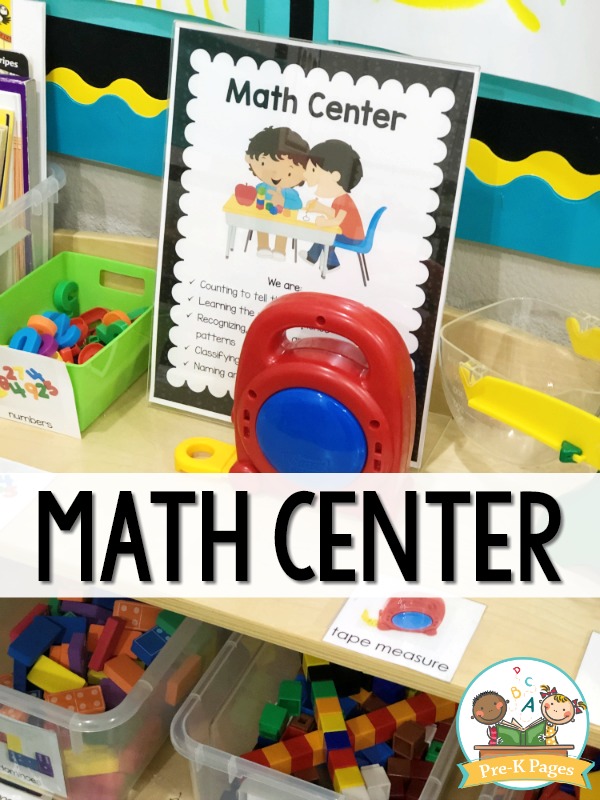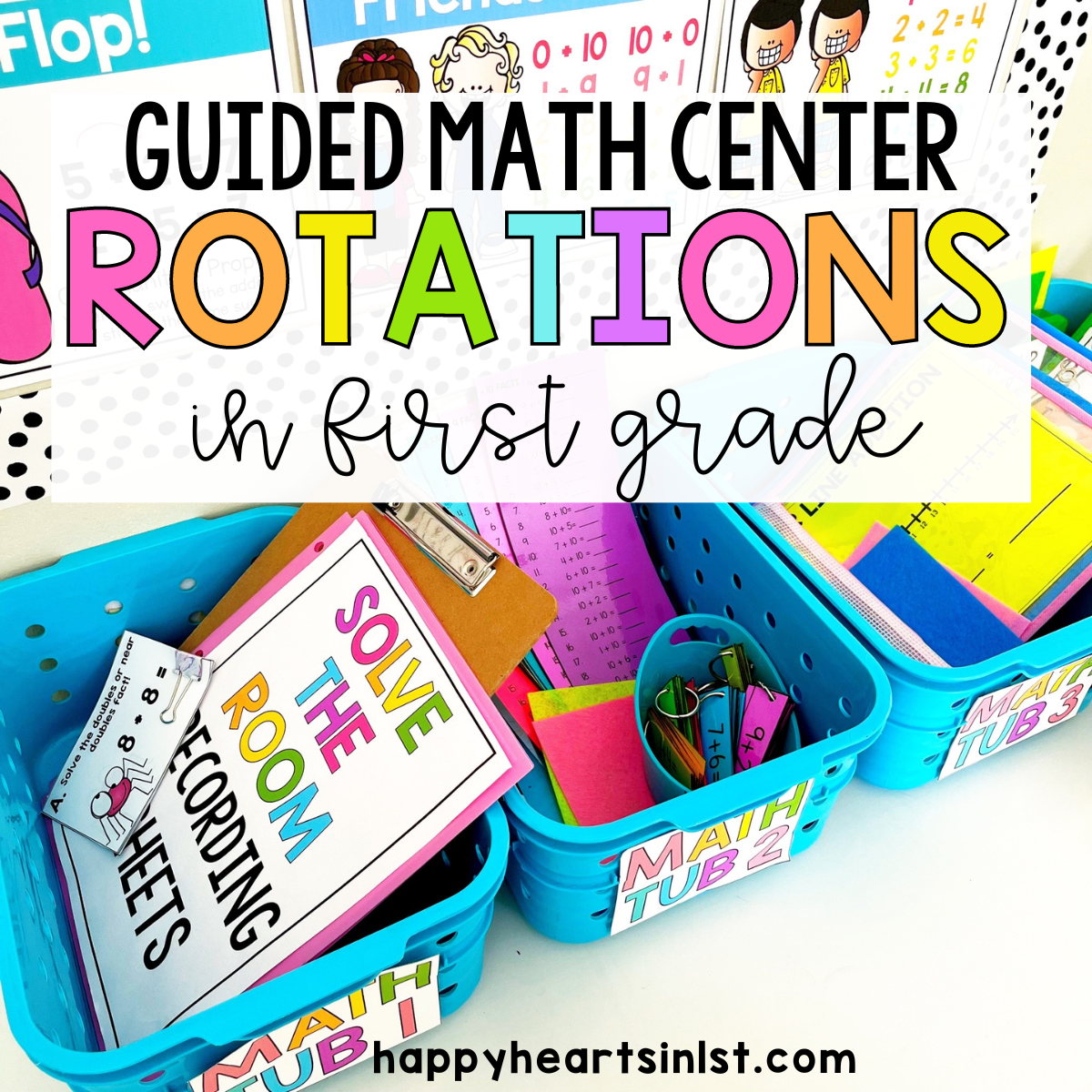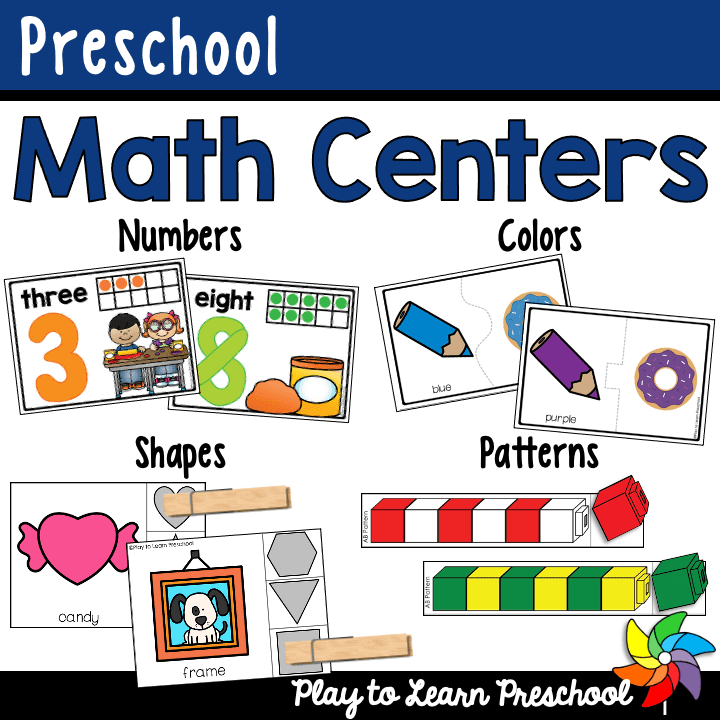Using practical examples to ease struggles in primary math
Wiki Article
Proven Methods to Streamline Complicated Math Topics for Better Comprehension
Complicated math subjects typically existing considerable obstacles for students. Several proven approaches can facilitate comprehension. These methods consist of using visual help, damaging down issues, and linking ideas to real-world circumstances. Each method serves to boost understanding and retention. The effectiveness of these techniques increases important questions concerning their implementation in academic setups and their influence on student involvement. What specific strategies could be most useful in method?Understand the Foundations

Additionally, an emphasis on foundational understanding urges vital reasoning and analytic skills. When students acknowledge the connections between different ideas, they can approach difficult issues with confidence. This tactical emphasis not just enhances retention but also promotes an attitude tailored in the direction of exploration and query. Inevitably, focusing on foundational expertise furnishes learners with the tools required to navigate the complexities of maths, leading the method for success in both scholastic and real-world applications.
Usage Visual Aids and Diagrams
Visual aids and representations offer as effective tools in simplifying complex mathematical subjects. They facilitate recognizing by providing graphes of abstract principles, making them extra tangible. Graphs can illustrate functions' habits, while geometric layouts can clear up spatial partnerships in troubles involving forms and angles.Moreover, flowcharts and concept maps can damage down elaborate processes, leading students with multi-step services aesthetically. This strategy not just improves comprehension however additionally engages different knowing designs, specifically visual students who might have problem with spoken explanations alone.
Making use of colors and tags in diagrams can further boost clearness, accentuating essential components and partnerships within the problem. Ultimately, incorporating visual help right into mathematical direction enables for a much more vibrant and interactive understanding experience, promoting deeper understanding and retention of complicated topics. By leveraging these sources, instructors can successfully connect the void between concept and practical application.
Break Down Troubles Into Smaller Sized Actions
Damaging down troubles into smaller sized, convenient steps can significantly boost understanding in maths. This method enables learners to focus on one part of a trouble each time, minimizing sensations of bewilder and complication. By isolating each step, trainees can establish a more clear understanding of the underlying ideas and methods needed to get to a remedy.
This approach urges vital thinking, as students are triggered to examine each step's importance to the overall trouble. Eventually, breaking down problems promotes a more methodical technique to mathematics, advertising a much deeper comprehension and retention of material. By understanding smaller steps, pupils develop confidence and skill that add to their success in extra complicated mathematical challenges.
Incorporate Real-World Instances
Incorporating real-world examples right into math direction can substantially enhance pupil involvement and comprehension. When trainees attach mathematical ideas to daily life, they frequently discover the material a lot more relatable and less complicated to realize. Using budgeting scenarios to teach enhancement and reduction helps students comprehend the functional applications of these operations. In a similar way, using sports stats can properly demonstrate concepts in possibility and standards, making the discovering experience more pertinent and satisfying.Educators can additionally include real-life information, such as population growth or ecological statistics, to illustrate features and charts. This method not just clarifies abstract ideas however likewise promotes crucial believing as trainees examine and interpret real information. struggles in primary math. By linking the void in between theory and technique, trainees are more probable to value the worth of maths in their day-to-days live, resulting in improved retention and application of mathematical concepts
Encourage Collaborative Understanding
Collective knowing offers as a powerful device in streamlining complex math principles. By participating in team problem solving, trainees can share varied viewpoints and methods, improving their understanding. Additionally, peer teaching techniques and interactive research study sessions cultivate an encouraging environment, permitting students to realize difficult material better.Team Problem Solving
Group trouble resolving promotes an atmosphere where students can actively engage with complicated mathematics ideas through teamwork. By collaborating, pupils can share diverse viewpoints and strategies, improving their understanding of mathematical concepts. Collaborative initiatives urge discussion, permitting people to verbalize their thinking and clear up false impressions. This communication promotes critical thinking and deeper comprehension of difficult topics. Additionally, group problem resolving can minimize anxiousness associated with hard mathematics issues, as students support each various other in getting over barriers. Educators can facilitate these sessions by appointing diverse roles within teams, ensuring each student contributes and discovers from the process. Eventually, this collective technique not just enhances understanding yet additionally builds vital communication and team effort abilities crucial for future scholastic and professional undertakings.Peer Teaching Techniques
Building on the benefits of group trouble resolving, peer training methods arise as an effective method to even more boost collective discovering. These strategies involve trainees describing concepts to one an additional, which enhances their understanding and builds confidence. When students handle the role of teacher, they express their thought processes and clarify their own false impressions. This mutual exchange promotes a supportive atmosphere where pupils really feel much more comfy seeking and asking concerns help. Additionally, peer training encourages engagement, as trainees often associate better to their peers than to standard guideline. By incorporating these techniques right into the knowing process, educators can create a vibrant class ambience that promotes much deeper understanding and retention of complicated mathematical subjects.Interactive Research Procedure
Interactive research sessions can greatly boost the knowing experience by fostering an atmosphere where trainees actively engage with each other. These collaborative settings encourage individuals to share diverse YOURURL.com viewpoints, therefore growing their understanding of intricate math subjects. Pupils can damage down complex concepts into workable components, assisting in more clear comprehension. Via seminar, students can clear up uncertainties and reinforce their knowledge by showing peers, which strengthens their grasp of the product. In addition, interactive sessions promote inspiration and liability, as pupils really feel much more devoted to their studies when working alongside others. Integrating tools such as joint systems or problem-solving video games can better enhance these sessions, making finding out both effective and pleasurable. In general, interactive research study sessions function as a powerful method for enhancing mathematical comprehension.Utilize Modern Technology and Online Resources
As students navigate with complex math topics, leveraging innovation and on the internet resources can greatly improve their understanding. Educational platforms such as Khan Academy and Coursera provide video tutorials that damage down elaborate concepts right into digestible segments. These resources typically include interactive elements, enabling students to exercise issues in actual time, receive immediate responses, and track their development.Additionally, math-specific applications like Photomath and Desmos provide devices to visualize graphs and equations, promoting a much deeper theoretical understanding. On the internet online forums, such as Heap Exchange, allow students to present inquiries and engage with an area of students and experts, additionally clarifying hard topics.
Practice Routinely and Review Consistently
Consistent practice and regular evaluation are important for understanding complex math topics. Involving with mathematical principles each day enhances understanding and assists to determine areas that require further focus. By addressing troubles continuously, students can deepen their understanding of theorems and treatments, making them acquired behavior over time.
Furthermore, establishing specific goals for both method and review can enhance focus and motivation. Alloting time each week for targeted analyses and exercises can produce considerable benefits. Eventually, regular technique and constant review form the foundation of successful maths education and learning, equipping learners with the self-confidence and skills required to deal with progressively complicated topics.
Frequently Asked Concerns
Exactly How Can I Stay Motivated While Understanding Complicated Mathematics Topics?
Remaining motivated while discovering intricate mathematics subjects involves establishing attainable goals, celebrating tiny successes, looking for assistance from peers, using varied sources, and keeping a positive mindset to accept challenges as possibilities for growth and understanding.What Prevail Blunders to Avoid in Math Understanding?
Typical blunders in mathematics understanding consist of overlooking foundational concepts, hurrying via problems, failing to exercise regularly, and misunderstanding terms. In addition, over-reliance on memorization as opposed to grasping underlying principles can prevent true understanding and application.How Do I Evaluate My Comprehending of Mathematics Concepts?
To analyze understanding of math ideas, one should consistently practice problems, seek feedback, take part in discussions, and make use of self-quizzes. struggles in primary math. Assessing blunders and mentor ideas to others can better improve understanding and retention of materialWhat Should I Do if I Really Feel Overloaded by Mathematics?
When really feeling overwhelmed by mathematics, one need to see page take breaks, practice mindfulness, and break problems right important site into smaller parts. Seeking assistance from peers or trainers can likewise supply clarity and reduce stress and anxiety connected with tough ideas.
Just How Can I Find a Mathematics Tutor or Research Group?
To discover a math tutor or research study group, one can browse on the internet platforms, regional community boards, or universities. Connecting with peers and looking for referrals can also lead to reliable coaching options and study partnerships.When trainees acknowledge the partnerships between various concepts, they can approach difficult troubles with self-confidence. Team problem resolving cultivates an atmosphere where students can actively involve with complex math ideas through teamwork. Additionally, group trouble addressing can reduce anxiety associated with tough mathematics problems, as students sustain each various other in getting rid of challenges. These methods entail trainees discussing ideas to one another, which enhances their understanding and constructs confidence. Pupils can break down intricate principles right into workable components, assisting in clearer comprehension.
Report this wiki page